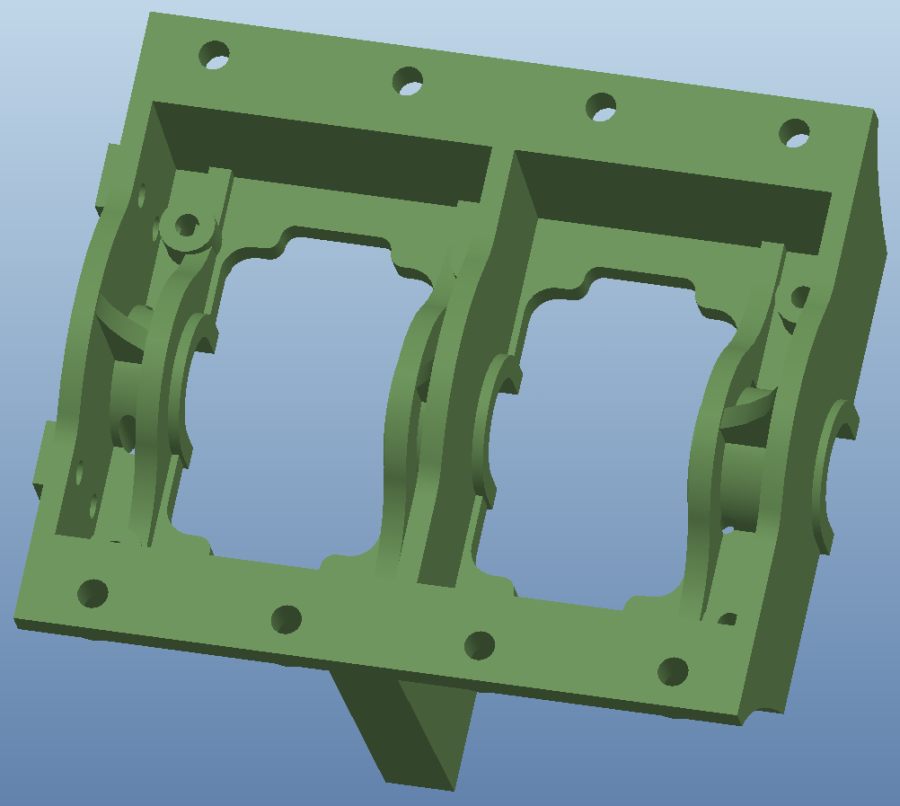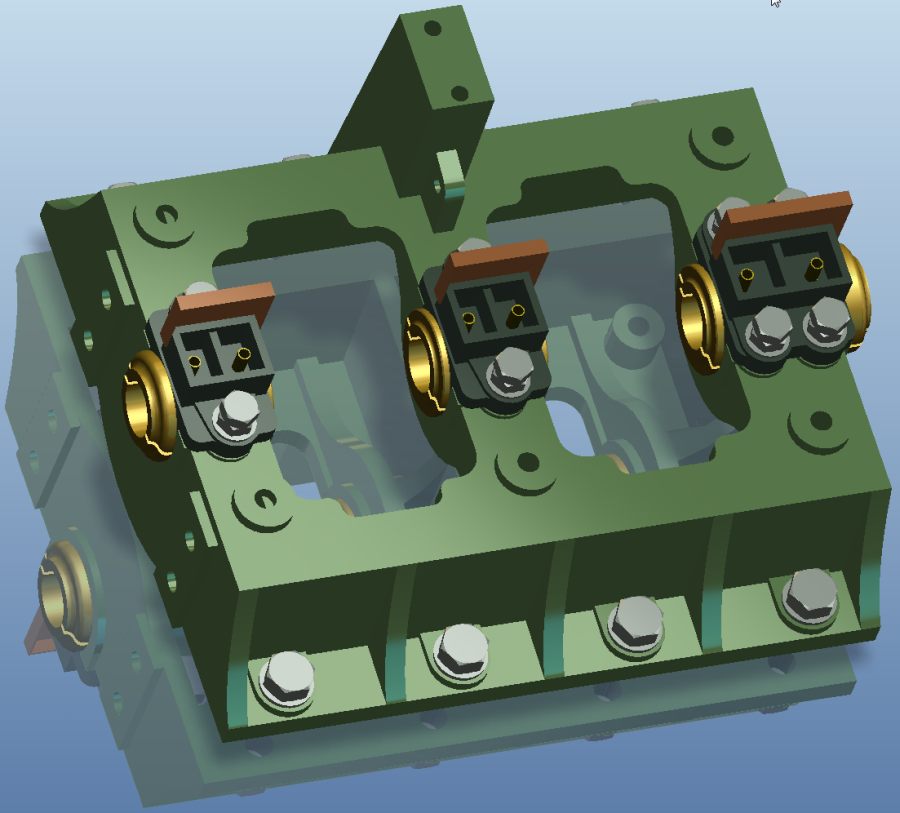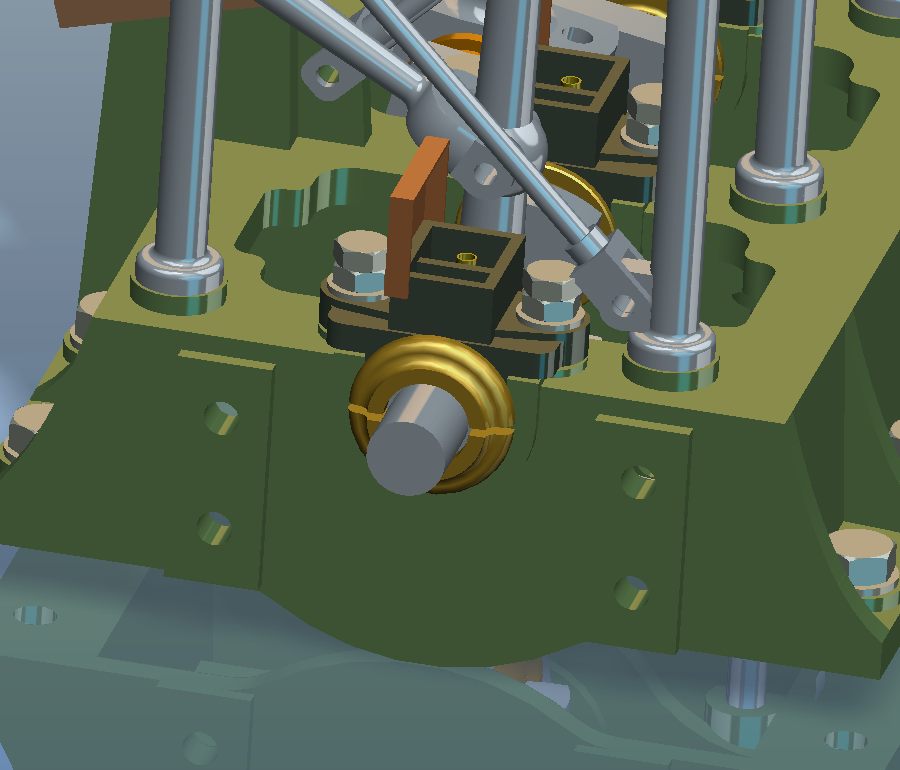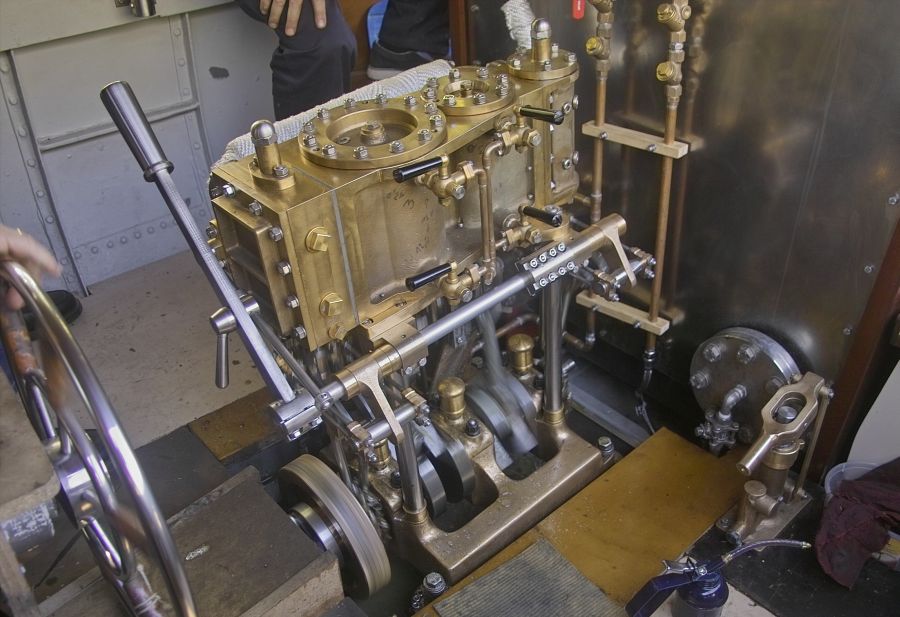gondolier88 wrote:Rainer,
Your bedplate looks like it would support an Airbus A380 parked on top, does it need to be that thickness?!?!
This is exactly the German Navy design from 1902. My goal is to copy this in scale 1:2 ... even if I also know some possible improvements.
20 HP German Navy Design:
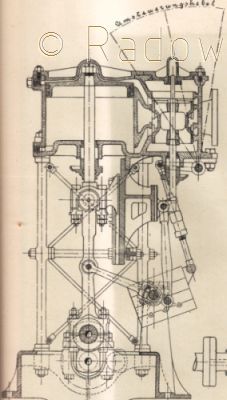
gondolier88 wrote:Savery...used a bedplate of flat section, with minimal but substantial bracing,
That's what you can see on the picture - but even the Savery has a heavy bracing underneath the flat bedplate... Please compare the total height of Savery and Germa Navy design! For me there is virtualy no difference.
20 HP Savery Design:
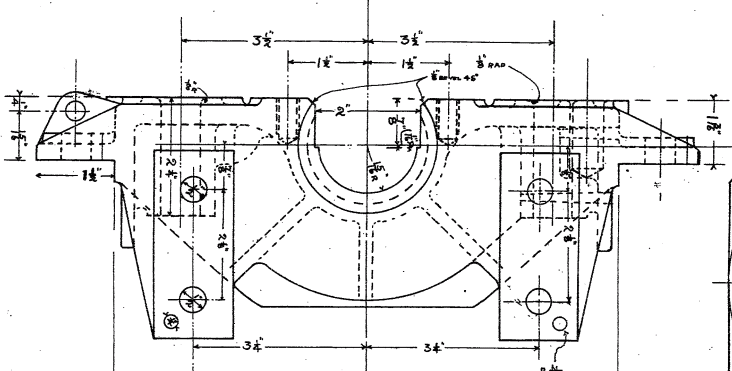
gondolier88 wrote:and with the centreline of the shaft on or slightly above the top ... reduces ... COG in the boat
That's tru again - theoreticly - my base plate is about 60 mm in height - but to take you arguments - on other hands with this design the fine Savery "sinks" under the floor plates and is not that visible for the spectators. And you have to kneel deeper (30 mm) to change the soft packing.
COG of my little boat will mostly be influenced by position of picnic basket, beer crates and girls. So no tanning on the foredeck and the boat will be in trim

